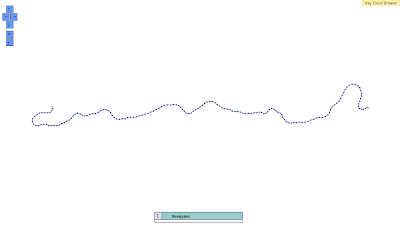Best Amazon EC2 instance type for Ray Cloud Browser on metagenomes and bacterial genomes
Hi, I am using spot instances on Amazon Elastic Compute Cloud (EC2) to deploy a few installations of Ray Cloud Browser. Initially, I opted for m1.small instances because the Ray Cloud Browser web service that answers a bunch of HTTP GET API calls was not optimized. Namely, the C++ back-end code was memory-mapping a huge file (~16-20 GiB). This huge bloated binary file was the index -- the source of information about the huge graph describing a given biological sample. A recent patch improved the performance by packing information in every available bit in the binary file, reducing the number of blocks by 75%, hereby enhancing performance as well. Recently, there were a lot of peaks in the m1.small spot pricing, and I figured out that my use case was all about bursts -- discrete HTTP API calls. I then looked at the pricing history for the last 3 months, and these pesky peaks seem to be a 2013 thing. The t1.micro spot instance pricing history also has these sophisticated highs. ...

